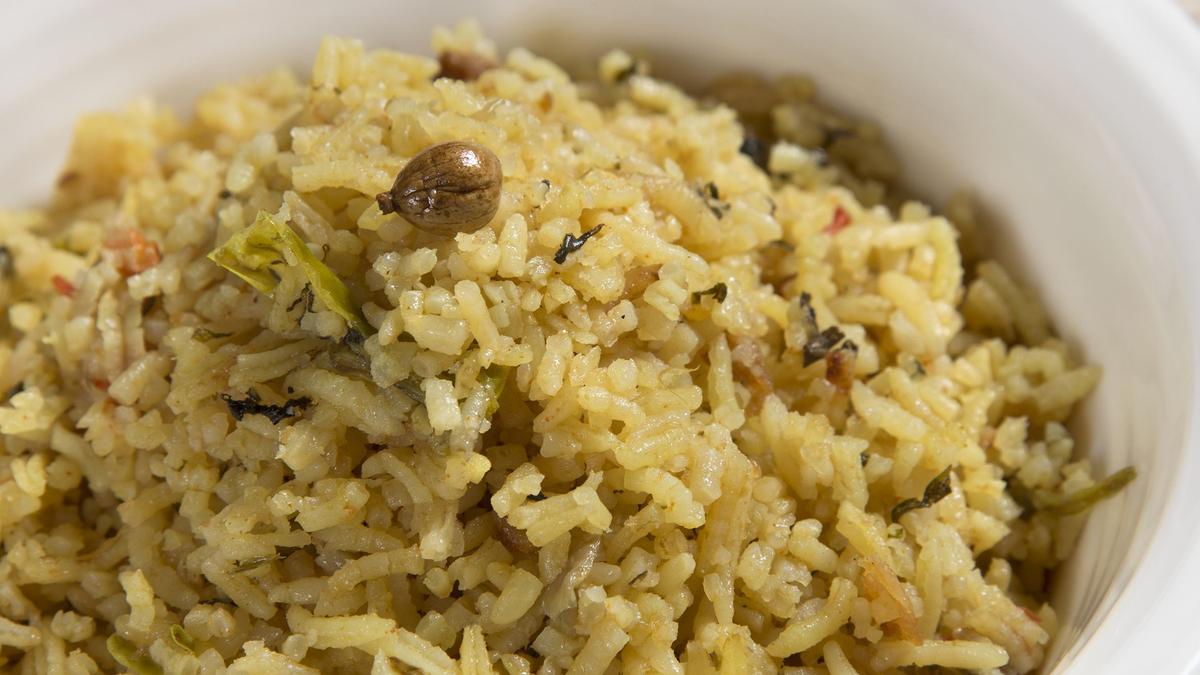
Madras Bhashai that holds a certain fascination with its infinite variety Premium
The Hindu
Delve into the fascinating origins of Madras Bhashai words like Birinji and Kuska, influenced by Persian and Portuguese cultures.
I keep coming back to this topic, don’t I? But it holds a certain fascination that I find very hard to shake off. And time and again some discovery pops up, which only makes me want to delve deeper. Truly, Madras Bhashai, like Shakespeare’s Cleopatra, amazes with its infinite variety.
“What is the origin of the word Birinji, as in Birinji rice,” asked Kolappan of The Hindu last week. He and I are frequent collaborators on several topics of mutual interest. That query had me scurrying back to my notes. Not that Birinji is exclusive to Chennai, but, in its etymology, it has much in common with several other Madras Bhashai words of foreign origin. Birinji comes from Berenj, the Persian word for rice, and so, in effect, Birinji rice means rice rice.
To the Mughals, the Persian court was always the reference when it came to refined living. And it was from Persia that many of the flavoured rice dishes — pulao and biryani included — made their way to India. Today, there is a spurt in biryani’s popularity in Chennai. Many consider this to be the signature dish of the city, but a generation ago it was associated with Hyderabad. And that brings me to the Madras Bhashai term for biryani sans meat — Kuska. Here again, we need to go back to Persia — Khushka there meant just plain boiled rice, and nothing more. According to Abul Fazl, this was one of Akbar’s preferred dishes on the days he abstained from meat, which was quite often. He had it with vegetables on the side.
It is interesting to note that today, khuskha is referred to in most cookbooks as a dish of south Indian origin. And perhaps in its current version it is, as is birinji. There is no doubt that while the names are Persian, both birinji and khushka are south Indian today in their shape and form. And it is interesting that both meant just plain rice in their country of origin.
It is not necessary, of course, that the Mughals were the only source for such loan words in Madras. The Portuguese and the Dutch did their bit too, and their contribution is often forgotten. Going back to birinji, there is a theory that it got its name from the usage of aubergines or brinjals in it. That is from the Portuguese beringela, which again is from Arabic/Persian badenjan. The vegetable, however, is Indian from ancient times, given that Sanskrit has a term for it — Vaartaaka. The word brinjal is used most commonly in south India, the north preferring the local terms such as baingan, which is from the Sanskrit Vaatingama.
I now come to another vegetable that Chennai stubbornly refers to as Bangalore Kathirikkai, the brinjal from Bangalore, no matter what be the long-standing rivalry with that cantonment town that suddenly became a metropolis. In his excellent book, Bangalore’s Lalbagh: A Chronicle of the Garden and the City, Suresh Jayaram tells us how this happened. It was James Cameron, Superintendent of that botanical garden early in the 20th Century, who first took up local cultivation of chayote, a vegetable of Mexican origin, which had been introduced to Sri Lanka by the Portuguese, where it became chow-chow, though why, I do not know. Once it took root in Bangalore, Cameron distributed its seeds to farmers in Hosur. The vegetable found a ready market in Madras and across south India. I wonder though who thought that it even remotely resembled the brinjal. But the ‘Bangalore’ in it is spot on.
(V. Sriram is a writer and historian.)











